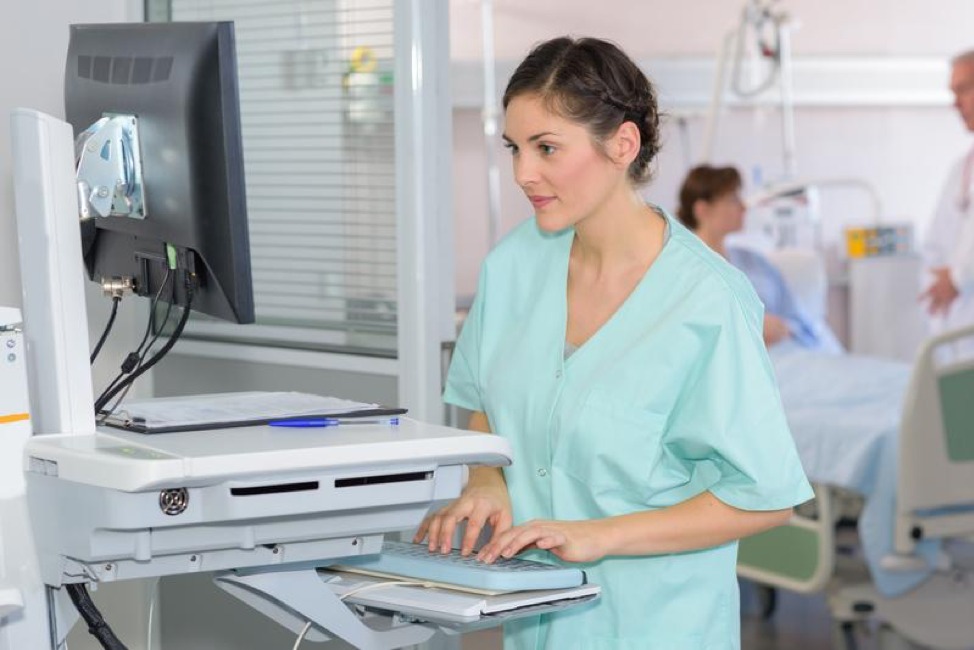There are a lot of changes that have happened in nursing over the past decade. First was the addition of nursing specialties, followed by the development of leadership positions, and increased opportunities for career growth. If you are getting into nursing but are wondering if it is the right career choice, here is what you need to know about the differences between nursing in the past and the present day.
Growth of Leadership in Nursing
According to AAMC News, “there has been an acute shortage of primary healthcare providers across the country for the past few decades.” This is probably because not enough doctors are getting trained to meet the growing need for medical care. At the same time, more people are recording chronic health conditions which need constant monitoring. To address this imbalance, advanced practice registered nurses were introduced. They currently play a critical role in filling in the gap where doctors are not available to offer primary health care. Consumers are also increasing their demand for APRNs because of the soaring cost of medical care and the difficulty of actually booking an appointment with a primary care physician.
Flexible Treatment Alternatives
Technology has made it possible for nurses and other primary health care physicians to follow up on their patients without setting up appointments for the patients to come to the hospital. Nowadays, there are applications which track changes in the health status and report directly to the healthcare provider. The nurses are also offering more flexible options for medical appointments. Maryville University explains, “for instance, more nurses see patients in a variety of settings, beyond hospitals, to private offices, businesses, and homes. This is because there has been a shift from the traditional health care to the current value for service care.” Patients would rather work with the healthcare provider who cares for their convenience, which is why concierge nursing services are on the rise.
There are many other positive changes that are sweeping across the industry. For instance, most of the functions which were covered by primary caregivers and other hospital support staff are now being done by mobile health apps. There are apps for taking medicine, apps that give a tentative triage and diagnosis based on patient responses, apps to track vital signs, and many more. The advent of telemedicine has also improved access to medical care to people from all parts of the country and across the economic divide by providing the ability to talk with an online doctor. As medicine evolves and becomes value-oriented, the patients and their needs are being put first, which also means that the nurses are having an easier time in their responsibilities.



